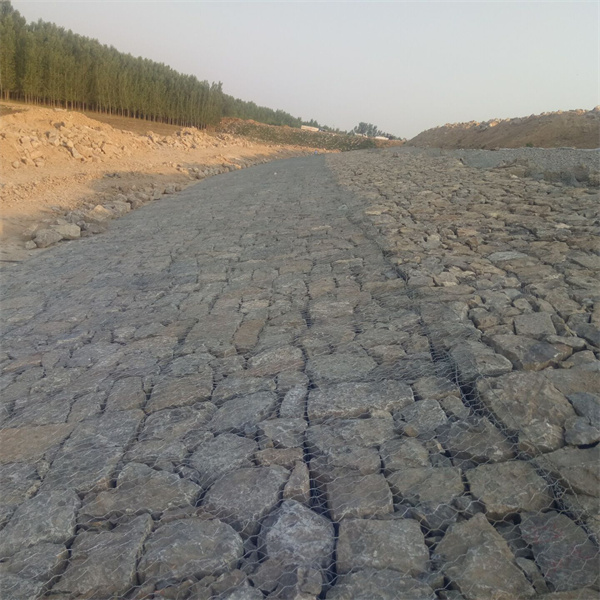дец . 11, 2024 19:09 Back to list
gabion house construction
The Gabion House Construction A Sustainable Architectural Marvel
In recent years, the construction industry has seen a significant shift toward sustainable building techniques, and one of the most innovative approaches is the use of gabion structures. Gabion houses utilize wire mesh cages filled with stones, rocks, or gravel to create a robust and environmentally friendly living space. This method not only emphasizes sustainability but also offers a unique aesthetic appeal, making it a popular choice among eco-conscious homeowners.
What Are Gabions?
Gabions are rectangular or cylindrical containers made of double-twisted steel wire mesh. They are typically filled with natural stones or recycled materials, creating a durable and sturdy structure. Originally used in civil engineering for riverbank stabilization and erosion control, gabions have now found their way into residential architecture. Their versatility and strength make them an attractive option for constructing walls, foundations, and even entire homes.
Design and Aesthetic Appeal
One of the most appealing aspects of gabion house construction is the design flexibility it offers. Homeowners can choose from a wide range of stone types, colors, and sizes to fill the gabions, resulting in unique and personalized structures. The natural appearance of stone creates a seamless integration with the surrounding landscape, making gabion houses an excellent choice for rural or environmentally sensitive settings.
Moreover, the modular nature of gabions allows for creativity in design. Architects can play with different shapes and arrangements to create visually stunning facades and structures. By combining gabion walls with traditional building materials like wood and glass, homeowners can achieve a modern yet rustic look that stands out.
Environmental Benefits
gabion house construction

Gabion houses are intrinsically sustainable. The use of natural materials minimizes the carbon footprint associated with construction. Since the stones used in gabions can often be sourced locally, transportation emissions are reduced, further promoting eco-friendly practices. Additionally, gabion structures offer excellent insulation, both thermally and acoustically. This means that homes made from gabions not only require less energy for heating and cooling but also provide a more comfortable indoor environment.
The permeability of gabion walls allows for natural drainage, reducing the risk of flooding and soil erosion on the property. As heavy rains pass through the mesh and into the surrounding soil, the risk of water accumulation is minimized, making gabions an effective solution for areas prone to severe weather.
Durability and Maintenance
Gabion structures are known for their durability and longevity. The stones encased in the steel wire mesh are resistant to weathering and decay, ensuring that the walls can withstand the test of time. Unlike traditional building materials, gabions do not succumb to rot or infestations from pests, reducing the need for frequent maintenance.
While some may concern themselves with rusting of the wire frame, modern gabions are often coated with corrosion-resistant materials, enhancing their lifespan and performance. With the right installation and care, a gabion house can last for decades, providing a sustainable living option for generations.
Conclusion
Gabion house construction represents a forward-thinking approach to architecture that harmonizes with nature while providing practical benefits. With its sustainability, aesthetic appeal, and durability, it is an ideal choice for those looking to minimize their environmental impact while still enjoying a beautiful and functional living space. As the world increasingly focuses on green building practices, gabion houses are poised to become an essential part of the sustainable architecture movement. Embracing this innovative construction method allows homeowners to make a statement about their commitment to the environment while enjoying the unique beauty of natural materials.
-
Versatility of Chain Link Fence Gabion
NewsMay.13,2025
-
Trusted Gabion Box Suppliers
NewsMay.13,2025
-
PVC Coated Gabion for Long-Lasting Structural Integrity
NewsMay.13,2025
-
Garden Gabion for Stylish
NewsMay.13,2025
-
Galvanized Gabion for Durable Outdoor Structures
NewsMay.13,2025
-
Gabion Box Factory
NewsMay.13,2025
-
Gabion Basket Wire Gauge and Mesh
NewsMay.13,2025






